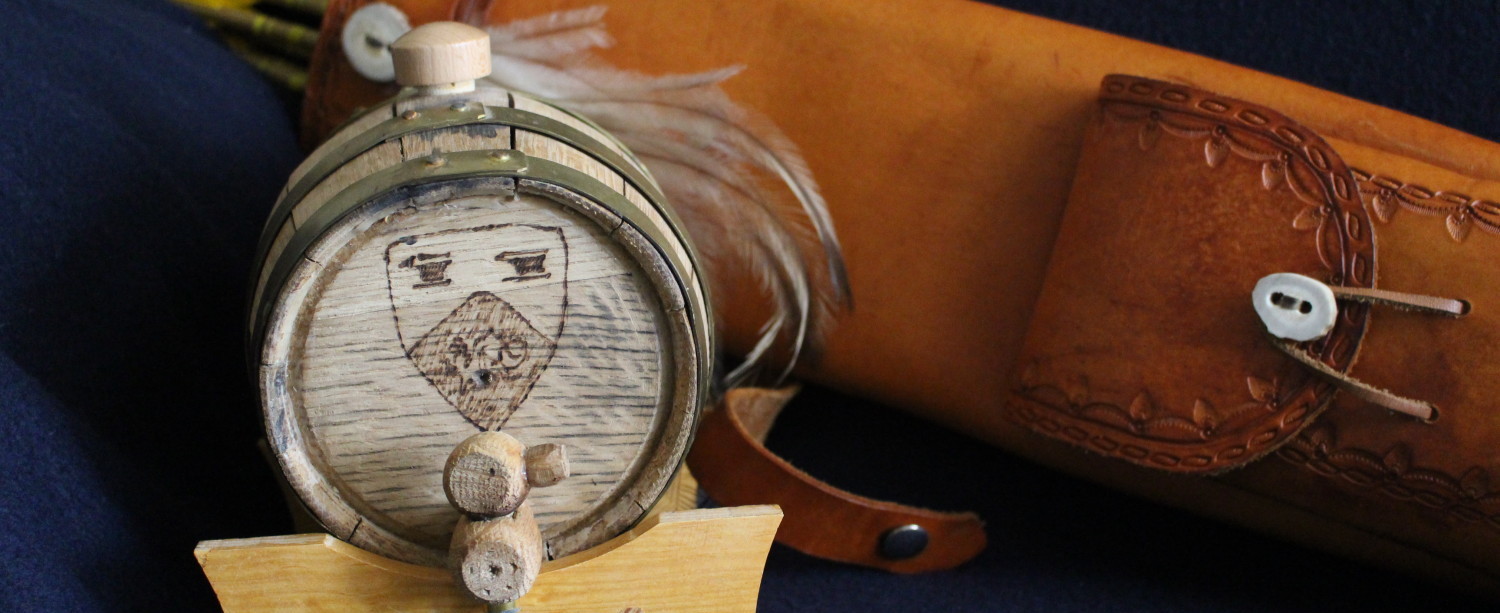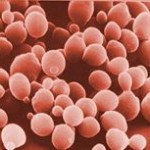Brewing with S. Eubayanus I
In previous blog entries, I summarized some of the latest research that provides important insights into the development of lager beer in the 15th/16th centuries. As outlined in a paper, Adventures-in-Yeast, presented at an SCA Arts & Sciences event (Calontir Kingdom A&S), data suggest that an “alien” yeast, S. eubayanus, arrived in Bavaria/Bohemia and hybridized with a common ale yeast, S. cerevisiae, producing a yeast that allowed for fermentation of beer at cooler temperatures: Lager yeast was result. Without going into all the details (see the paper link above), S. eubayanus has never been isolated in the wild in Europe, but has now been isolated in The New World and China/Tibet, both areas that traded with Europe and could have been the sources of the original introduction of this yeast.
One of the things we know about S. eubayanus is that it can, by itself, ferment wort and do so at fairly low temperatures. To date, there have been few publications demonstrating the end product of a pure S. eubayanus brew (Krogerus, et al., 2015 being one of the few). So, it was exciting to me when the March/April issue of Zymurgy (The Journal of the American Homebrewing Association) arrived bearing an article by Jared Spidel in which he presents the most extensive S. eubayanus trials to date.
Spidel described two major things he accomplished in his article. First, he crafted a German Pilsner wort and split the batch in half. In one half he pitched White Lab’s WLP838 (Southern German Pilsner), which is a strain of S. pastorianus, a commonly used lager yeast. The other half of the wort received S. eubayanus. Without going into all the details of the brew’s differences, I will mention only some of the outcomes:
- The S. eubayanus beer had a lower apparent attenuation (63% vs. 80%)
- The S. eubayanus beer had hints of dimethyl sulfide. It also contained a “fresh apple” flavor
- While the S. eubayanus had almost twice the residual sugar as compared to the S. pastorianus, it tasted just as dry as the latter, if not more so according to the author.
Spidel concluded that the beer was “drinkable” but not “spectacular.” He decided to proceed to his second step that was a much greater undertaking than merely brewing a single beer with a split batch. He decided to do a full-blown experiment that would include not only laboratory analyses of the beer but also a component in which local brewers would brew a wide variety of BJCP (Beer Judge Certification Program) styles in a competition. Certified judges would then evaluate the final products.
The competition allowed for brewers to use any ingredient and brewing method with two exceptions:
- Only maltose was allowed as a brewing sugar, so nothing like cane sugar or honey was allowed (crystal and roasted malts with small maltose amounts were allowed)
- S. eubayanus had to be the sole yeast used in the process
He enlisted White Labs to grow enough S. eubayanus for all the brewers to use.
The resulting data on entries as reported by Spidel were: 49 entries from 43 different brewers and 25 different beer styles. Attenuation levels were fairly variable anywhere from the 40-50% range all the way up to 89%. Varying mash temperatures and fermentation temperatures likely played a role in this variability for reasons I won’t get into here.
The beers were evaluated using BJCP criteria, but many, if not most, deviated significantly from the official styles. Total point scores for the brews ranged from 13.5 to 39 out of a possible 50, not the kinds of scores that are going to win a medal for the brewer! Spidel reported that many of the beers had a “pleasant grape or white wine aroma and flavor.” Apple and pear esters also seemed to show up in many samples. Some phenols were present in some samples and they were particularly judged as pleasant in hefeweizens and Belgian styles.
This seems like a good place to stop. In my next post, I will summarize Spidel’s findings from laboratory analyses and his suggestions for what styles of beer S. eubayanus might be most appropriate. CHEERS!
See Brewing with S. Eubayanus II
Krogerus, K., Magalhaes, F., Vidgren, V., & Gibson, B. (2015). New lager yeast strains generated by interspecific hybridization. Journal of Industrial Microbiology and Biotechnology, 42, 769-778.
Spidel, J. (2016, March/April). Uncharted territory: Brewing with S. eubayanus. Zymurgy: The Journal of the American Homebrewers Association, pp. 38-48.


Comments
Brewing with S. Eubayanus I — No Comments
HTML tags allowed in your comment: <a href="" title=""> <abbr title=""> <acronym title=""> <b> <blockquote cite=""> <cite> <code> <del datetime=""> <em> <i> <q cite=""> <s> <strike> <strong>